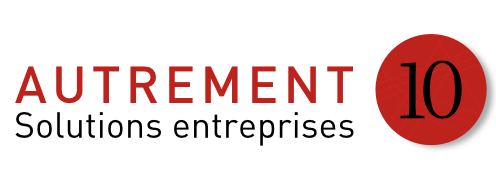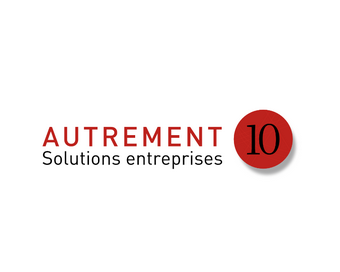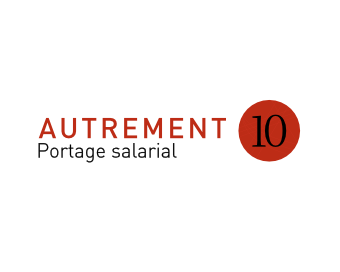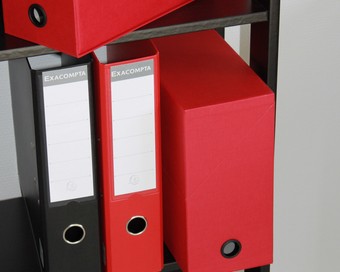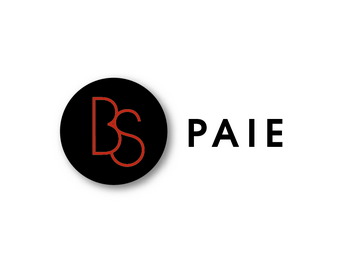sept 11 2024
Notes Payable Account on a Balance Sheet: What You Need to Know
However, if not tracked properly, they can cause missed payments or cash flow problems. In this blog, we’ll break down what trade payables mean in accounting, how they’re recorded, and why they matter. With simple examples and best practices, you’ll walk away knowing exactly how to track, manage, and optimize trade payables in your business. Both Notes Payable and Accounts Payable are liabilities recorded on a company’s balance sheet. While the two terms often go hand-in-hand, they are not exactly the same. With this type of promissory note, a borrower agrees to pay back the full principal amount at the end of the loan term.
The interest represents 8% of $10,000 for half of a year (January 1 through June 30). As the loan will mature and be payable on the due date, the following entry will be passed in the books of account for recording it. The interest-only type requires borrowers to pay only the applicable interest every month with an assurance of the repayment of the entire principal amount at the end of the loan tenure. The cash amount in fact represents the present value of the notes payable and the interest included is referred to as the discount on notes payable. Finally, at the end of the 3 month term the notes payable have to be paid together with the accrued interest, and the following journal completes the transaction. The debit is to cash as the note payable was issued in respect of new borrowings.
Accounting for Interest Payable: Definition, Journal Entries, Example, and More
Therefore, it must record the following adjusting entry on December 31, 2018 to recognize interest expense for 2 months (i.e., for November and December, 2018). Balances directly impact working capital and play a crucial role in cash flow management. Can impact working capital, especially if they are short-term liabilities, which can be used to estimate current working capital. Involves informal agreements with verbal understandings between the buyer and seller, often including specific due dates and late payment fees. However, they are recorded in the current liability section when they’re due within the next 12 months. Well, we’re here to remove any confusion or complications around notes payable.
Payments
Accounts payable are always short-term liabilities, directly influencing working capital and cash flow management. Proper handling of accounts payable ensures businesses have sufficient liquidity for daily operations. Similarly, when a business entity takes a loan from the bank, purchases bulk inventory from a supplier, or acquires equipment on credit, notes payables are often signed between the what is a notes payable parties. The impact of promissory notes or notes payable appears in the company’s financial statements. Here, notes payable is a debit entry as it leaves no further liability. The cash account, however, has a credit entry, given the cash outflow in making repayments, which records a decreased asset.
For a mid-sized company, a realistic DPO typically ranges from 30 to 60 days, depending on industry norms and supplier agreements. Notes payable involve a legally binding promissory note, which outlines repayment terms, interest, and sometimes collateral. They arise from routine business transactions, where suppliers extend credit with the expectation of payment based on an invoice. Notes payable play a significant role in a company’s financial health and long-term strategy. Since they usually involve large sums and interest payments, managing them effectively is essential for securing future growth opportunities. Recording notes payable in their entirety is crucial for the fair and true representation of the financial statements.
The Hackett Group® Recognizes HighRadius as a Digital World Class® Vendor
One scheme is to list them according to their due dates, from the earliest to the latest. Another acceptable alternative is to list them by maturity value, from the largest to the smallest. Many inventory notes like the one in our example are only one year notes, so they entire balance would be reported on the financial statements as a current liability. Todd signs the noteas the maker and agrees to pay Grace back with monthly payments of $2,000 including $500 of monthly interest until the note is paid off. Amortized, on the other hand, is whereby a borrower pays a fixed monthly amount, including both principal and interest portions.
At the same time, the amount recorded for “furniture” under the asset account will also decrease as the company records depreciation on the asset over time. The long term-notes payable are classified as long term-obligations of a company because the loan obtained against them is normally repayable after one year period. They are usually issued for buying property, plant, costly equipment and/or obtaining long-term loans from banks or other financial institutions. They can be found in current liability when the balance is due within one year.
What is Accounts Payable? Definition, Recognition, and Measurement, Recording, Example
As a result, the loan balance continues to increase, as unpaid interest charges are added to the principal amount. Lenders typically view companies with increasing revenue, improved business models, or new acquisition targets as lower-risk borrowers. Borrowers should be careful to understand the full economics of any agreement, and lenders should understand the laws that define fair practices. Lenders who overcharge interest or violate laws can find themselves legally losing the right to collect amounts loaned. In examining this illustration, one might wonder about the order in which specific current obligations are to be listed.
By anticipating revenue dips, organizations can avoid piling up invoices during slower periods, all while maintaining good supplier relationships. Ideally, companies aim for a ratio of 0.2 or higher, but this can vary depending on the industry and the company’s specific financial strategy. A clear grasp of notes payable meaning is important when evaluating a company’s debt structure and overall financial strategy. Notes payable (NP) refers to a formal, written promise by a business to repay a specific amount of money by a set date, often with interest. The maker of the note creates the liability by borrowing funds from the payee. The maker promises to pay the payee back with interest at a future date.
- However, failing to pay suppliers on time can strain relationships and impact a company’s creditworthiness.
- Managing Cash FlowKeeping track of outstanding payables helps businesses allocate cash wisely and avoid liquidity issues.
- This site is protected by reCAPTCHA and the Google Privacy Policy and term of Service apply.
- NP is a liability which records the value of promissory notes that a business will have to pay.
- Efficiently managing trade payables helps avoid these risks and keeps your operations running smoothly.
- Negative agreements require borrowers to pay interest less than the applicable interest charges, thereby adding the remaining amount to the principal balance.
According to a QuickBooks survey, 72% of mid-sized suppliers said late invoice payments hindered their growth. Additionally, 65% of businesses reported spending nearly 14 hours chasing late payments. Here’s a side-by-side comparison of notes payable vs. accounts payable for easy reference. We’ve comprehended the concept of notes payable, the right accounting treatment, journal entries, and examples to further elaborate the idea. Interest is primarily the fee for allowing the debtor to make payment in the future.
- These actions turn the AP function from an operational task to a strategic lever that can boost profitability and financial health.
- On the other hand, missed NP payments can lead to default, legal consequences, and additional interest costs.
- He has been the CFO or controller of both small and medium sized companies and has run small businesses of his own.
- Recording and auditing trade payables is essential to maintaining accurate financial records and managing vendor relationships effectively.
- Independent writer, content strategist, and financial sector specialist.
BILL’s financial automation can help you do both and free up bandwidth to focus on your core mission. For example, a business borrows $50,000 at an interest rate of 5 percent per year, with a schedule to pay the loan amount back in 60 monthly installments. Written promises made by the borrower to the lender, stating a borrower’s payment obligation to the lender on a specified date. Interest expense will need to be entered and paid each quarter for the life of the note, which is two years. That’s why many teams turn to solutions like HighRadius AP Automation to streamline invoice capture, approval, and reconciliation, all in one place.
It should be understood that a promissory note or note payable is a legal contract and formal agreement between the borrower and lender. When one takes up the loan and signs the agreement, it becomes the debit entry on the part of the one who borrows the amount. As soon as the loan is repaid, the note payable account of the borrower is still on the debit side and cash on the credit side.
A business will issue a note payable if for example, it wants to obtain a loan from a lender or to extend its payment terms on an overdue account with a supplier. In the first instance the note payable is issued in return for cash, in the second they are issued in return for cancelling an accounts payable balance. Businesses use notes payable when they borrow money from a lender like a bank, financial institution, or individual. Essentially, they’re accounting entries on a balance sheet that show a company owes money to its financiers.
They are considered to be either a current or long-term liability and are recorded on the balance sheet. The balance sheet below shows that ABC Co. owed $70,000 in bank debt and $60,000 in other long-term notes payable as of March 31, 2012. The company has $1.40 in long-term assets ($180,000) for every $1 in long-term debt ($130,000); this is considered a healthy balance. On the other hand, notes payable refers to a written promise to repay a lender a specific amount by a certain date. It often involves larger sums, interest rates, and structured payment terms, making it a more formal and long-term liability. Leverage Cash Flow Forecasting in APPredictive forecasting helps companies make smarter decisions about when to schedule payments, improving cash flow management.
Financial stability hinges on the proper handling of both accounts payable vs. notes payable. A high AP balance may signal poor cash flow management, making it harder to secure favorable supplier terms. On the other hand, missed NP payments can lead to default, legal consequences, and additional interest costs. Effective accounts payable management ensures that a company maintains good supplier relationships, avoids late fees, and optimizes cash flow. There are several metrics that help assess whether the business is striking the right balance between meeting obligations and preserving liquidity.
